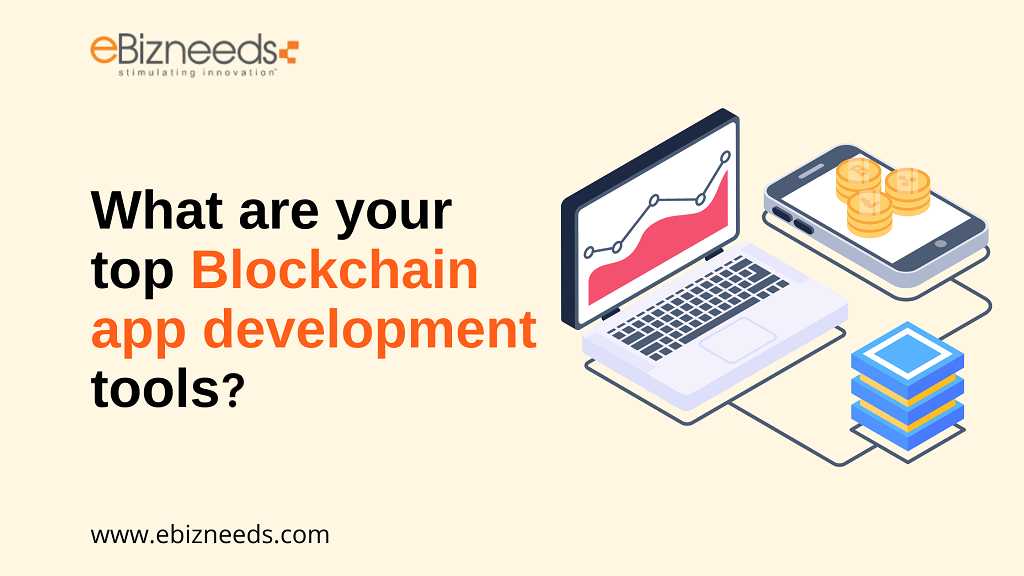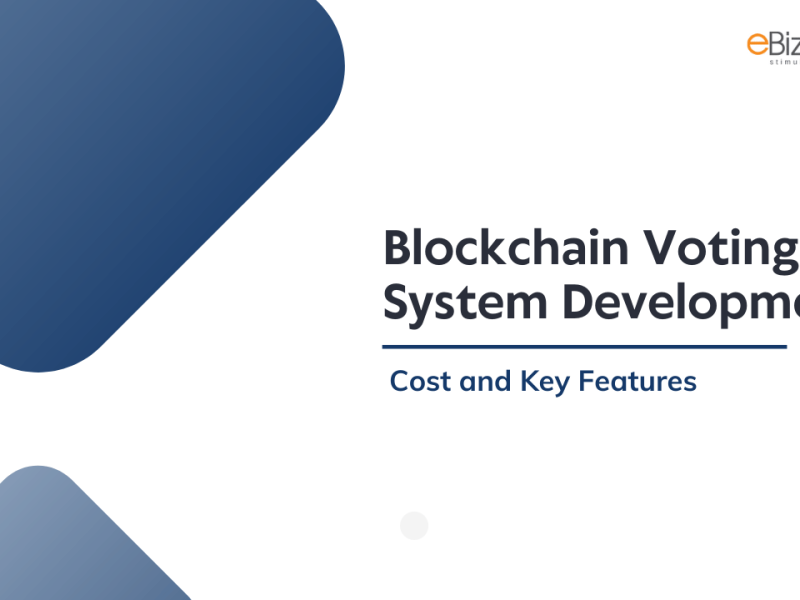Last updated on December 22nd, 2023 at 07:07 am
Blockchain Software Development in 2000 has seen a dramatic move.
To power a decentralized payment network, Ethereum has evolved into a decentralized supercomputer where enterprise mobile app development, from all over the globe may come and design their own apps.
With so much potential, this is an exciting place to be. If you’re a newcomer to this field, you may feel a little disoriented. So, we’ve put together this guide just for you.
Before Using the Tools
There are a few prerequisites you should be familiar with before diving into the tool discussion.
An immutable record of data is stored in the form of a time-stamped chain that is managed by a group of computers that are not owned by any single entity. A cryptographic concept is used to protect and bind these blocks of data (i.e. blocks) (i.e. chain).
Since Bitcoin’s decentralized payment system was powered by blockchain technology, the technology has been adopted by a broader audience. As Ethereum has shown us, it is possible to construct decentralized apps using a public blockchain.
Hyperledger, a private blockchain service developed by the Linux Foundation, is another option for corporations. To be a successful software developer, you must have a thorough understanding of how Bitcoin, Ethereum, and Hyperledger function. You should start there.
Let’s have a look at some of the tools now.
Top Blockchain App Development Tools
1. Geth
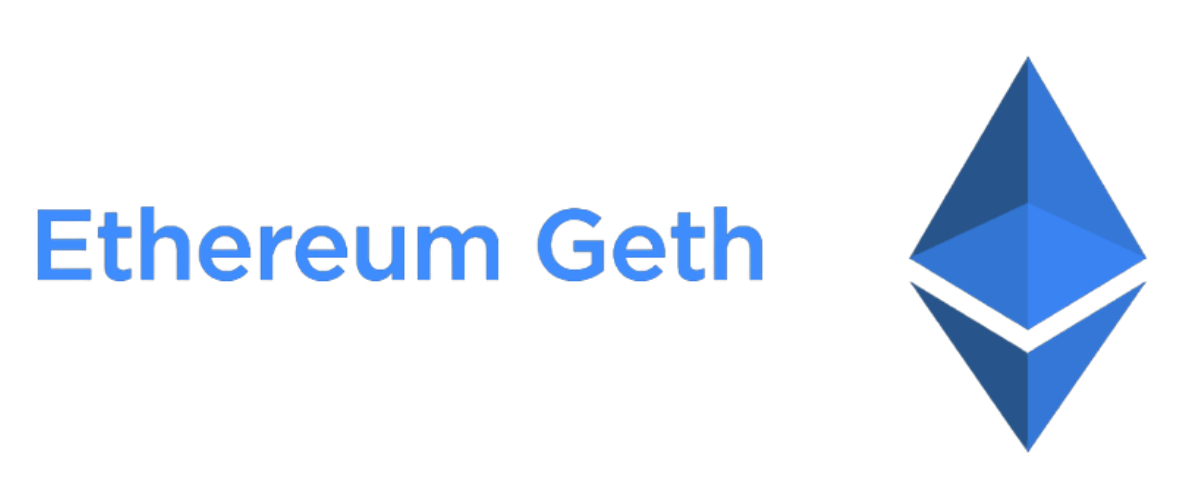

In the Go programming language, Geth is a node for the Ethereum network. A node on the Ethereum blockchain, Geth is computer software. Use Geth to do the following actions:
Use the Ethereum Virtual Machine (EVM) to build smart contracts and run them on the blockchain
- Create ether tokens by mining
- Tokens can be transferred between addresses.
- The Ethereum Virtual Machine (EVM) may be used to create and run smart contracts.
- Explore the history of a block.
Geth will give you the choice to connect to one of the following networks:
- The current active blockchain network.
- Set up a new blockchain-based on the given parameters.
In other words, if you do not select any default values, Geth will automatically connect to the Ethereum mainnet when you launch it. Additionally, Geth may be used as a command-line interface for inputting commands and performing certain tasks.
Running Geth will automatically download all of the Ethereum blockchain, which might take a long time (even days). It may be a good idea to save the data on an external hard disc.
2. Mist


Before you can use Ethereum, you’ll need a wallet to hold your Ether tokens and a way to run your smart contracts on that wallet. This is the official Ethereum wallet produced by the team who created Ethereum.
While Mist makes a lot of sense, especially when it comes to deploying smart contracts, you must keep one thing in mind. Because it is a full node wallet, you will be required to download the complete Ethereum blockchain, which is >1TB in size.
Linux, Macintosh as well as Microsoft Windows (both 32 and 64 bit) are supported platforms for the Mist application (32- and 64-bit).
It will take some time for the program to sync up with the Ethereum blockchain after you’ve installed Mist. There is a choice between operating on the test blockchain and the main blockchain after your node has properly synced up.
We recommend using the test blockchain if you only want to play around with Ethereum.
It is at this point that you will be prompted to provide a password for your account. Keep in mind these important points:
- Firstly, after you’ve established your password, you’ll never be able to alter it again. As a result, you must establish a very secure password from the start and never forget it.
- Second, each time you wish to transmit Ether, you’ll have to confirm it using your password.
3. Solidity
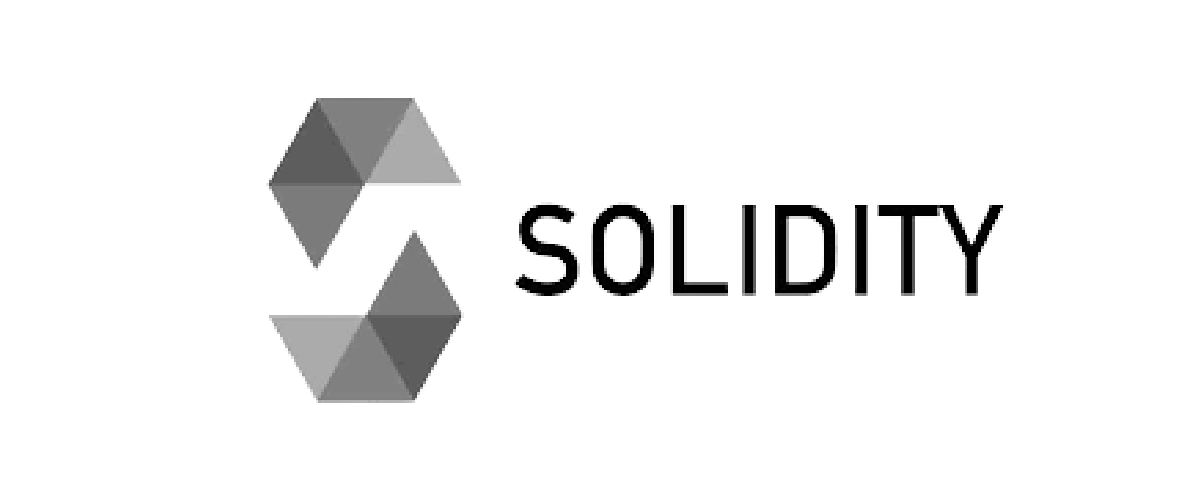

When it comes to Ethereum development, Solidity is very much a must-have. Smart contracts on the Ethereum blockchain may be written in Solidity, a purposely lightweight, loosely-typed language with a syntax that is quite similar to ECMAScript (Javascript).
In order to read the solidity script, however, something must be done to transform it to a format that is understandable by the Ethereum Virtual Machine. Solc, or solidity compiler, comes into play here.
Solidity compilers have two kings:
- A program written in C++ called -solc
- Emscripten is used to cross-compile the solc C++ source code to JavaScript with -solc-js.
Despite the fact that they are based on the same source code, they tend to provide significantly different effects in practice. The command-line interfaces are also different. Solc-js, on the other hand, is somewhat slower than solc.
In addition to being included in many Ethereum nodes, solc is also available as a separate module enabling offline compilation. Web3.eth.compile.solidity() may be used to build Solidity files using your node, or you can switch to solc.compile(), which doesn’t rely on any other node.
Using a JavaScript-based solidity compiler enables a wide range of applications. Remix, which we’ll be using in the future, is one of those programs.
4. Remix
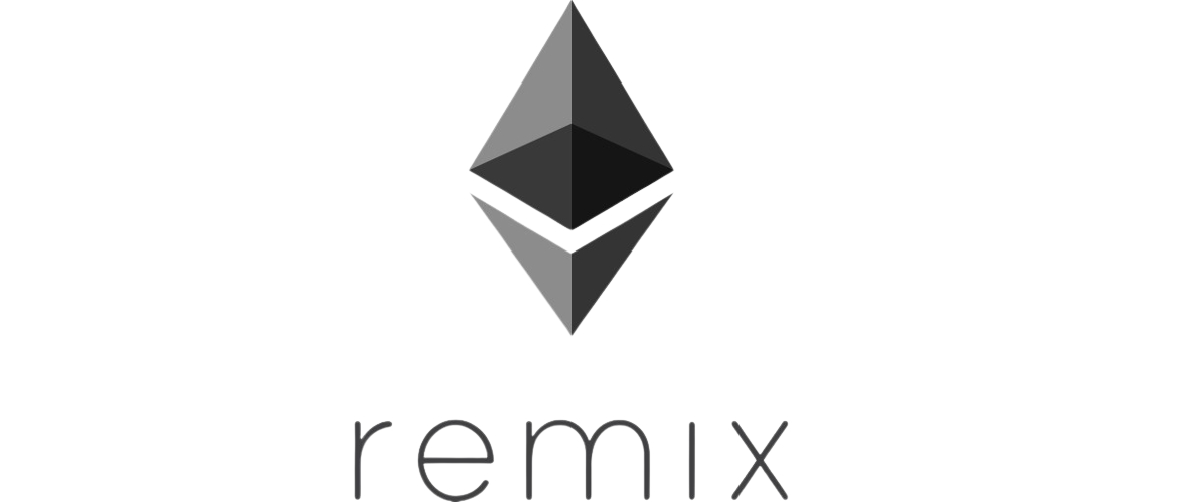

It is an excellent compiler for tiny projects. The most effective approach to understanding solidity is to do it through this method.
Let’s you put your code on the blockchain and interact with your functionalities developed by you on this side.
Both browser and local use are supported by the Javascript-based Remix. As well as testing, debugging, and deployment of smart contracts, Remix may also be used for other purposes.
Developers may use Remix’s code analyzer to ensure that their work is of the highest quality. Metamask is used to link Remix to the Ethereum blockchain (more on this in a bit).
5. Blockchain Testnet
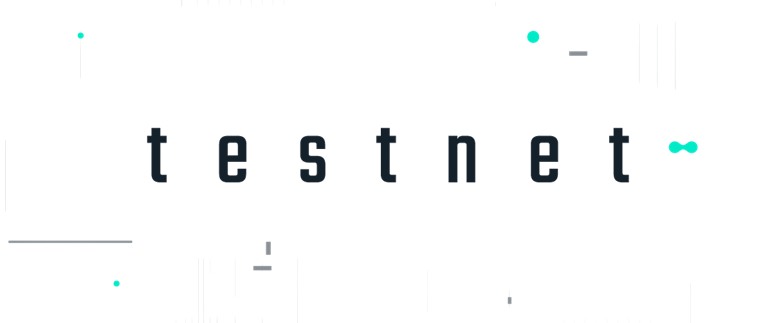

There are a few factors to keep in mind while building applications for the Ethereum Virtual Machine (EVM).
- To begin, you’ll have to cover the cost of the launch and petrol consumption. The cost of gas in Ethereum is a major problem. How much money do you really want to invest in an untested idea?
- If an untested software has a defect in its code, the Ethereum blockchain is at risk. Also, remember that the Ethereum blockchain is immutable, so any changes made to it will remain in place and cannot be reversed.
Because of this, you may wish to run the dapp on a testnet before deploying it to the mainnet. Except for the fact that their Ether is worthless (and, of course, the software that’s been installed on these testnets), testnets are essentially similar to the Ethereum blockchain.
Three types of testnets are available:
- -Public Test
- -Private Test
- -GanacheCLI (or Testrpc)
Public Test
Public testnets can be accessed by anybody with an internet connection. MyEtherWallet and MetaMask are wallet interfaces that anybody may use to connect to them. Public testnets are Ropsten, Rinkeby, and Kovan.
Private Test
A private test network, as opposed to a public blockchain, is an alternative for those who want it. So, how can you create your own personal blockchain, exactly?
This new chain will be built using the same tool Geth does, and it will only be for you. Tools like Mist, MetaMask, MyEtherWallet, etc. are used to inspect and interact with this chain.
Private testnets have their own set of users.
It is possible to practice mining and transaction confirmations on these testnets without exposing yourself to the dangers of attacks and hacks.
It’s completely free to set up your own private testnets. Only the following costs are necessary:
- Only a portion of the CPU’s power is utilized.
- -The developer’s computer’s hard drive space.
Also, once a private testnet is large enough, the developers involved can open it up to the whole public.
6. GanacheCLI
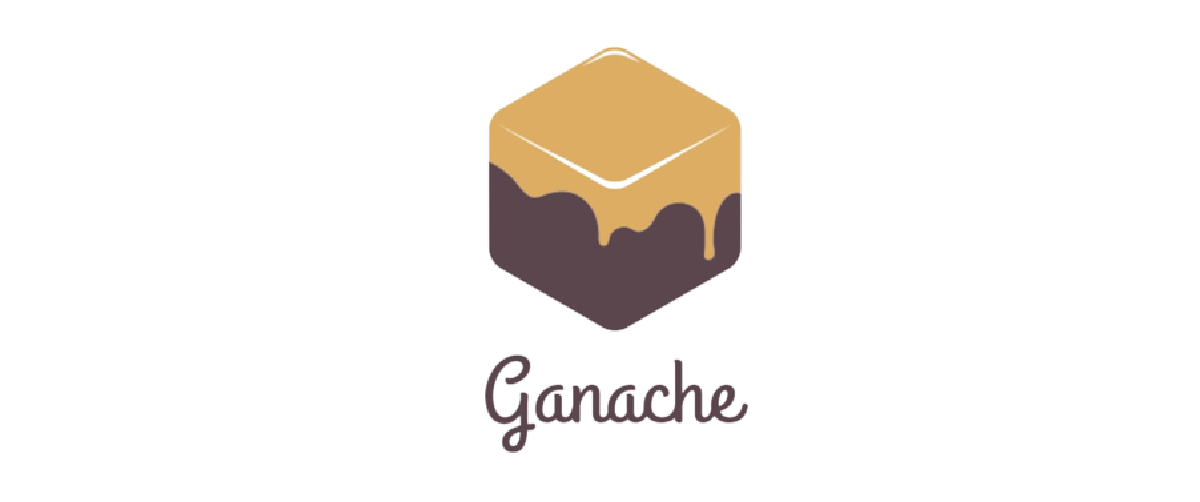

Previously known as Testrpc, GanacheCLI (previously known as Testrpc) is a fast and flexible blockchain simulator. On a single computer, it runs a full-fledged Ethereum node and allows users to conduct blockchain calls without any problems.
What you can accomplish with GanacheCLI is as follows:
- Instant transaction mining
- Transaction costs are completely free.
- All testnet accounts may be recycled, reset, and created with a predetermined amount of Ether.
- You have complete control over the price of gas and the speed of mining.
- Your test chain events will be shown in an easy-to-use GUI.
7. Coinbase’s API
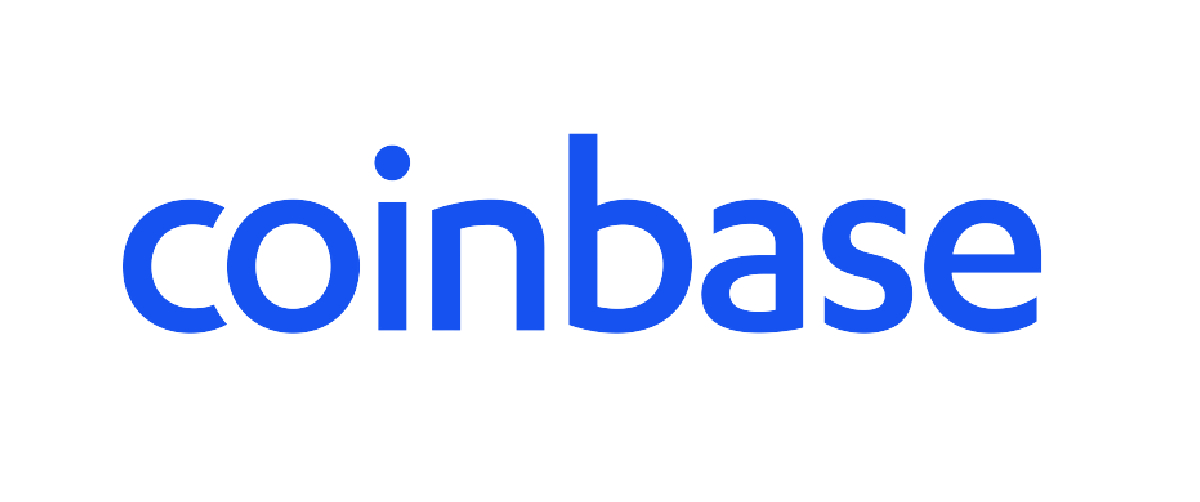

Coinbase is a “fiat-to-crypto” exchange established in San Francisco. It has become one of the world’s most popular currency exchanges in the last three or four years.
This system has a wide range of capabilities, from merely receiving data to creating something entirely new. Additionally, they offer a large range of client libraries and mobile SDKs that are quite beneficial for developers who want to purchase, sell, transfer, and receive bitcoins throughout the world.
Additionally, Coinbase provides a simple and robust REST API to incorporate bitcoin, bitcoin cash, Litecoin, and Ethereum payments into your company or app.
Also Read : Is Blockchain and Cryptocurrency App Development the Future of Money 2022?
8. EtherScripter
EtherScripter is a great tool for beginners who want to learn how to write ether scripts. It has a fun and easy-to-use coding environment for beginners. An intuitive drag and drop interface allows you to put together jigsaw puzzle pieces to create a contract.
The Serpent programming language is the sole option at this time.
9. BaaS
An increasing number of people are using the phrase “Blockchain as a Service” (BaaS).
In order to make things easy, don’t worry about maintaining a blockchain running at all times. SaaS, or Software-as-a-Service, is a paradigm for how this works.
This service is a godsend for those who have been unable to get their hands on blockchain technology because of its complexity and operating costs.
BaaS services are being offered by a growing number of startups and large corporations. In order to provide these services, Microsoft has set up Azure. The development of decentralized applications (dapps) may be made easier and more cost-effective using this platform.
BaaS service providers collect fees from their customers to set up and maintain blockchain infrastructure. In essence, the service provider is in charge of the client’s complicated back-end operations.
10. Metamask


In addition to serving Ether and other ERC-20 currencies, Metamask’s software allows its customers to connect with Ethereum Dapps. The best thing is that they can do it directly from their browser. As a Google Chrome extension or Mozilla Firefox add-on, Metamask may be easily added. The process of setting up is quite simple.
All ERC-20 tokens may be stored in your browser’s Ethereum wallet after you’ve loaded the app. Developers may use Metamask to engage with numerous Ethereum test networks, making it a helpful tool for them.
11. Ethers.js
A library that was created for and is used by ethers.io is Ethers.js. To make it easier for JavaScript-based client wallets to be written, the private key is always kept on the owner’s machine.
Web3’s replacement is Ethers.js. ether.js has a number of interesting features, including the following:
- Instead of contract addresses, you may just use the name of your Ethereum network (ENS). This is a great opportunity for developers. To access the ENS resolver, “resolver.eth” can be used instead of “0x5FfC014343cd971B7eb70732021E26C35B744.cc4”.
- Ethers.js now only takes up 77 kilobytes thanks to compression.
- There is a lot of material out there regarding ethers.js if you want to learn more about it.
- Useful in a wide range of situations. When a new piece of code is added to the Ethers.js project, it is tested automatically and made public.
- Thanks to the MIT license, developers have more control over how Ethereum.js handles their keys and communicates with the Ethereum network. A wallet stores keys and signs transactions, whereas a provider validates the current status of a node before a transaction may be transmitted.
This allows developers to handle these two jobs separately, allowing them to focus on one at a time.
Conclusion
Listed above is our selection of the greatest Blockchain Tools/Blockchain Software that any aspiring Blockchain Developer should experiment with. Because Blockchain is still in its early stages if you’re constantly eager to try out new tools for enterprise mobile app development and master new skills to develop Blockchain using iOS app development services, or android app development, you’ll have a promising career in the field of Blockchain technology.



Naveen Khanna is the CEO of eBizneeds, a company renowned for its bespoke web and mobile app development. By delivering high-end modern solutions all over the globe, Naveen takes pleasure in sharing his rich experiences and views on emerging technological trends. He has worked in many domains, from education, entertainment, banking, manufacturing, healthcare, and real estate, sharing rich experience in delivering innovative solutions.
